10 Things You Didn’t Know About Animals That Act Like Humans
The animal kingdom is a realm of endless wonder, where every creature exhibits a unique set of behaviors that often mirror human quirks. From the complex social structures of primates to the intricate communication methods of dolphins, animals demonstrate a wide array of behaviors that resonate with human characteristics. This exploration into animal behavior not only deepens our understanding of these creatures but also offers fascinating insights into our own nature. The study of ethology, the science of animal behavior, reveals just how much we share with our non-human counterparts. These behaviors, often seen as mind-boggling, challenge our perceptions and invite us to reconsider the boundaries that separate us from the rest of the animal kingdom. In this article, we delve into 10 distinct sections, each highlighting a specific aspect of animal behavior that mirrors human quirks, providing a comprehensive look at the surprising similarities that bind us to the animal world.
1. The Complex Social Structures of Primates
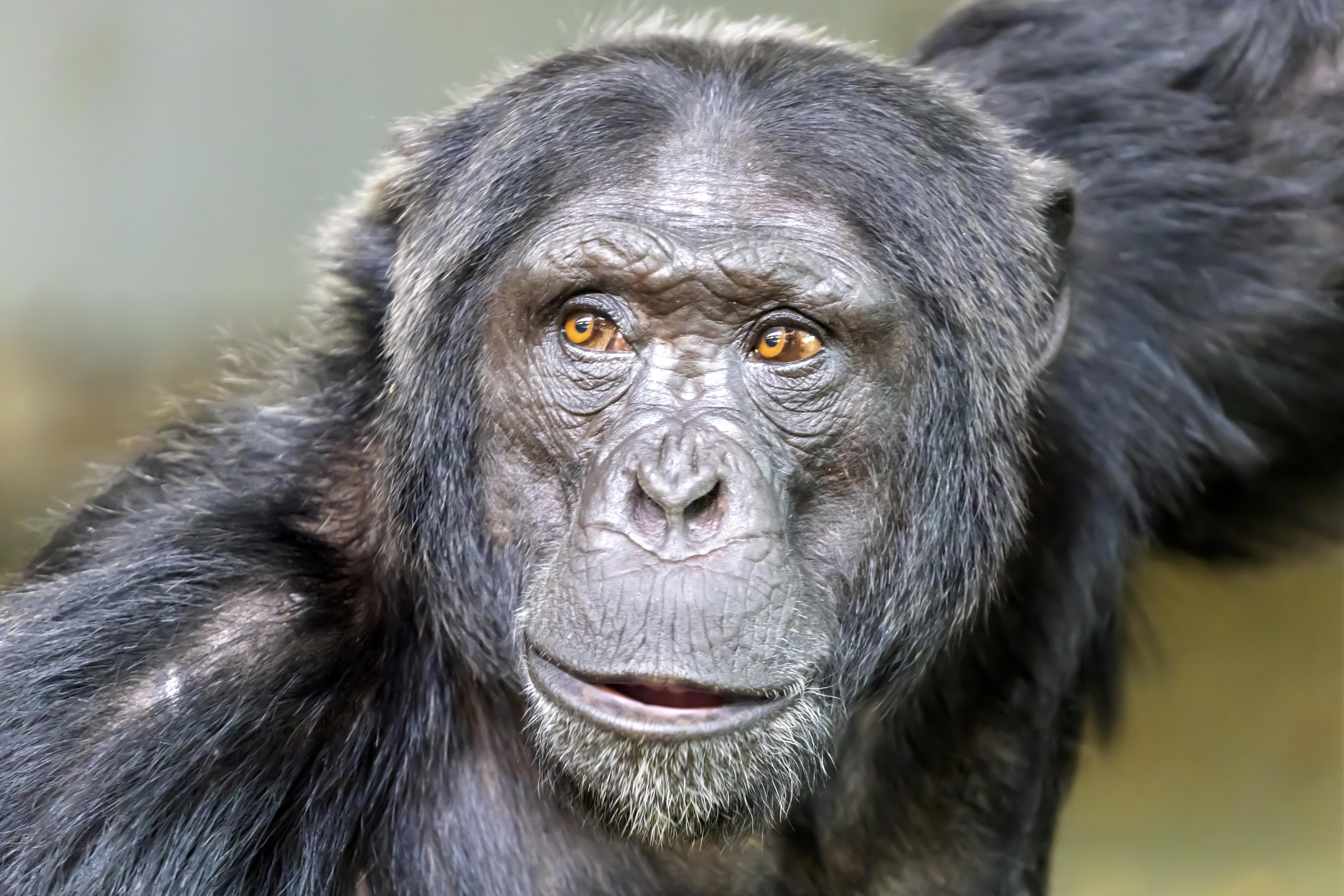
Primates, our closest relatives in the animal kingdom, exhibit social structures that are remarkably similar to human societies. These structures are characterized by intricate hierarchies, social bonds, and even political maneuverings that echo human interactions. For instance, chimpanzees form alliances and engage in power struggles, much like humans in corporate or political settings. These primates also display empathy and altruism, caring for sick or injured group members, which reflects the human capacity for compassion. The study of primate behavior provides valuable insights into the evolutionary roots of human social organization and the fundamental nature of our interpersonal relationships. By observing these behaviors, researchers gain a deeper understanding of the social dynamics that have shaped the development of human societies over millennia.
2. Communication: The Language of Dolphins
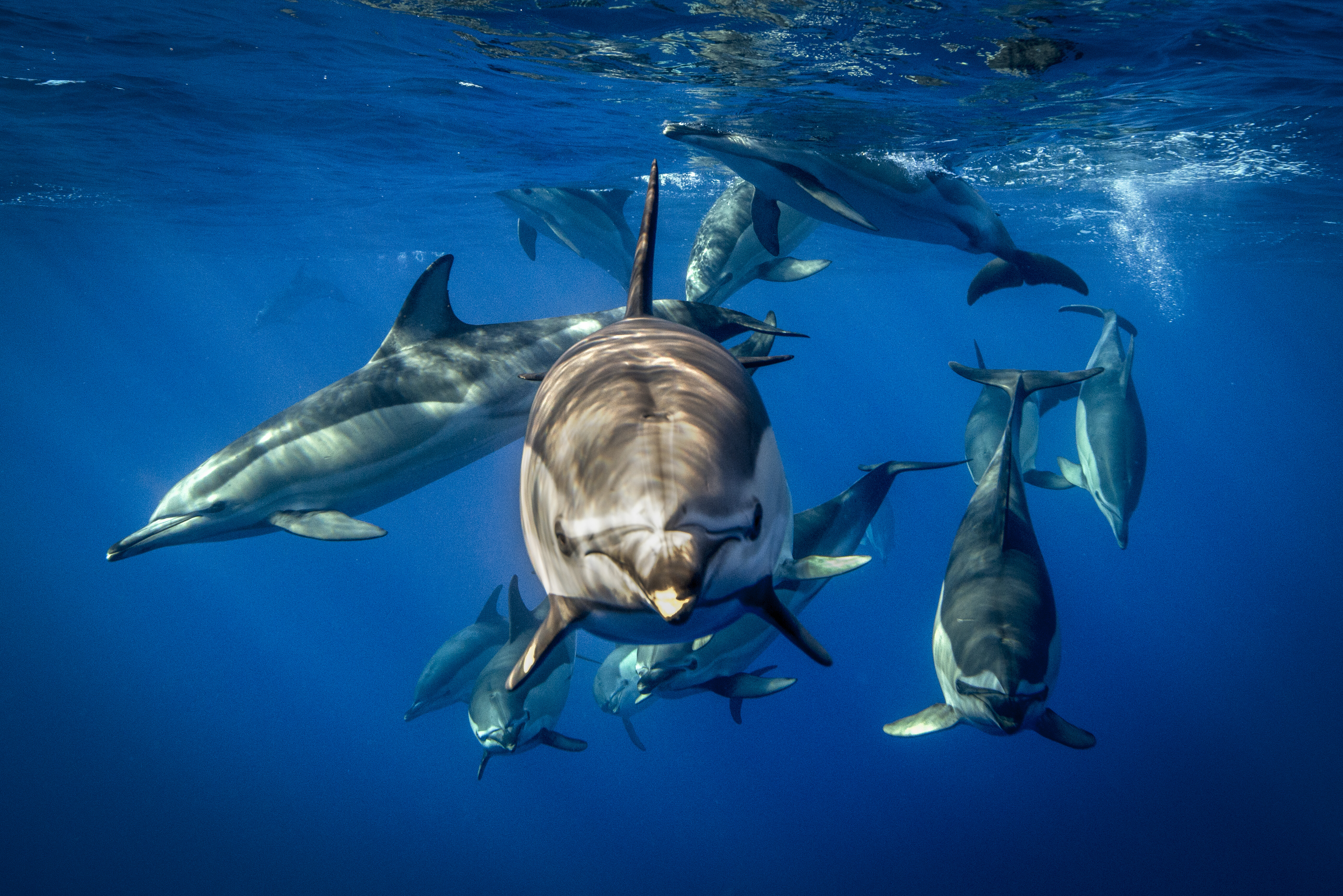
Dolphins are renowned for their sophisticated communication systems, which bear striking resemblances to human language. They use a combination of clicks, whistles, and body movements to convey information, express emotions, and coordinate group activities. This complex communication system allows dolphins to maintain strong social bonds and collaborate effectively, much like humans do through spoken language. Research has shown that dolphins can even understand abstract concepts and exhibit problem-solving abilities, further highlighting the cognitive parallels between these marine mammals and humans. The study of dolphin communication not only enhances our appreciation for these intelligent creatures but also provides insights into the evolutionary origins of human language and the cognitive processes underlying communication.
3. Tool Use and Problem Solving in Crows

Crows, members of the corvid family, are renowned for their remarkable intelligence and problem-solving abilities. These birds have been observed using tools to access food, a behavior once thought to be unique to humans and a few other primates. Crows demonstrate an impressive understanding of cause and effect, as well as the ability to plan and execute complex tasks. This level of cognitive sophistication mirrors human ingenuity and adaptability, challenging the notion that humans are the only species capable of advanced problem-solving. By studying crows and their use of tools, researchers gain valuable insights into the evolutionary development of intelligence and the cognitive mechanisms that underpin innovative behavior in both humans and animals.
4. Emotional Depth: Elephants and Empathy
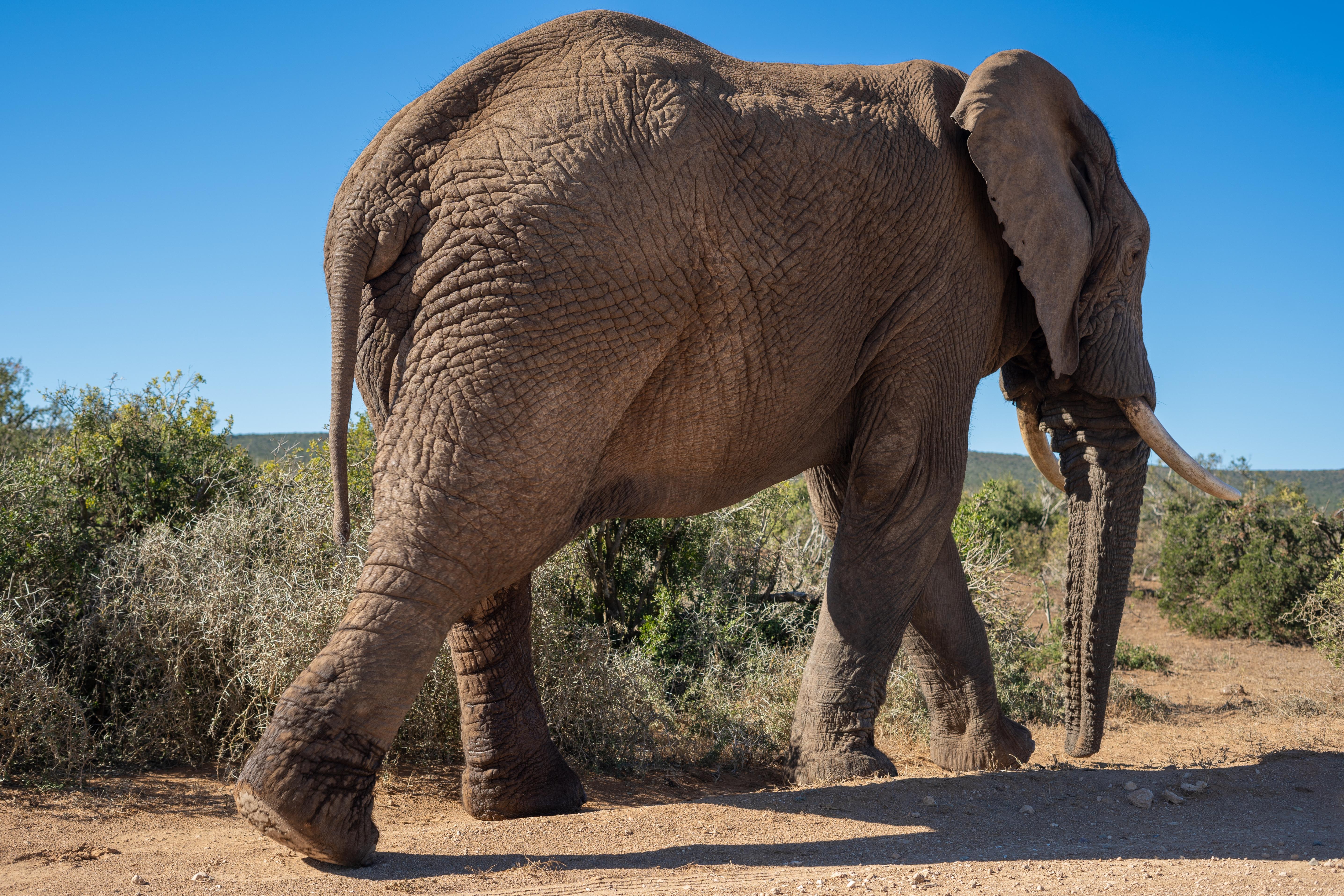
Elephants are known for their deep emotional lives and strong social bonds, which are strikingly similar to human experiences. These majestic creatures exhibit behaviors that demonstrate empathy, such as comforting distressed herd members and mourning the loss of a loved one. Elephants have been observed performing rituals around deceased companions, indicating a profound understanding of death and loss. This emotional depth highlights the complex social and emotional lives of elephants, offering a glimpse into the shared emotional experiences of humans and animals. The study of elephant behavior not only enriches our understanding of these magnificent creatures but also sheds light on the evolutionary origins of empathy and the role it plays in fostering social cohesion and cooperation.
5. The Dance of Bees: Collective Decision-Making
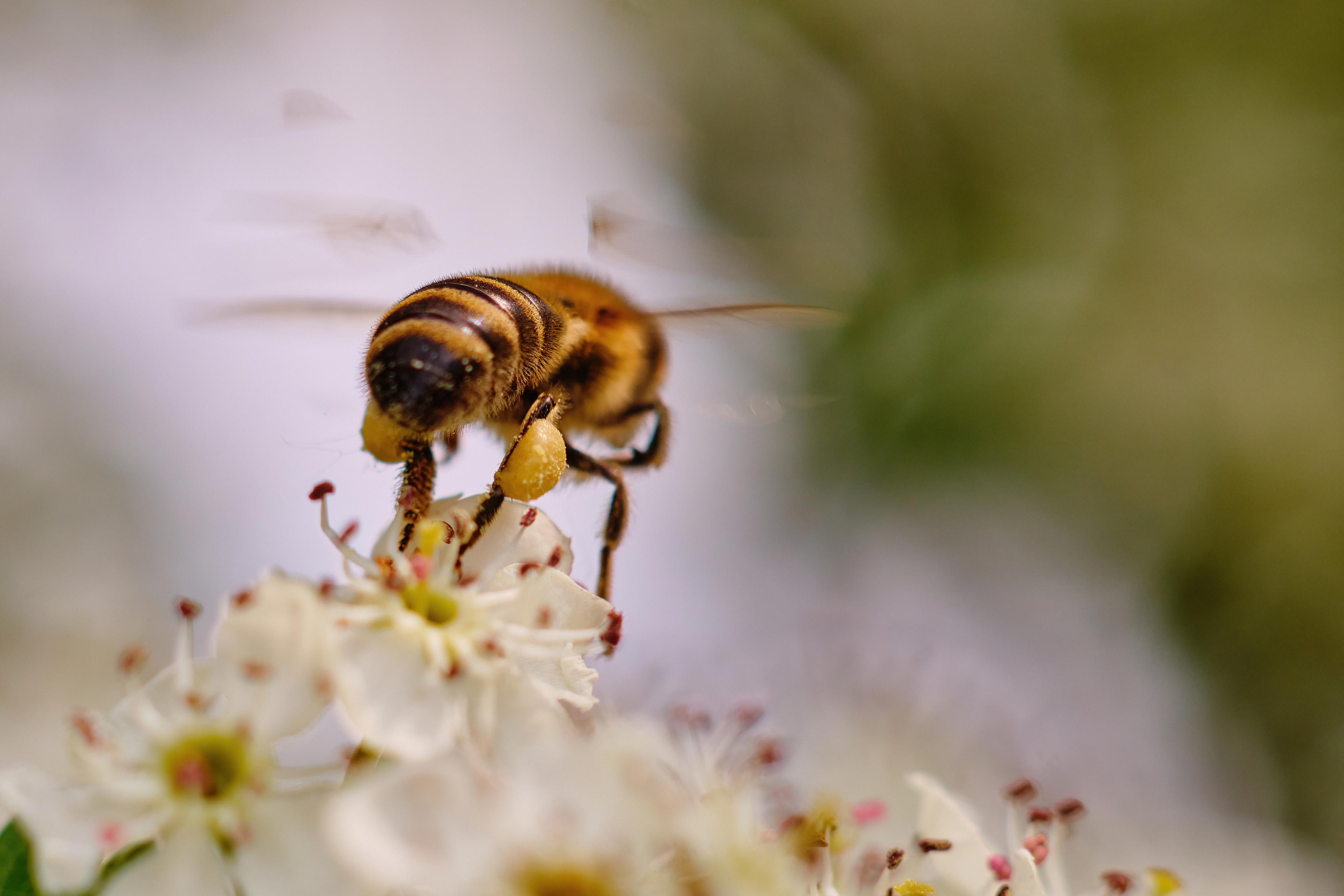
Bees are fascinating creatures that exhibit complex social behaviors, including a unique form of collective decision-making. When searching for a new hive location, scout bees perform a "waggle dance" to communicate the quality and direction of potential sites to their fellow bees. This dance allows the colony to reach a consensus on the best location, demonstrating a form of democratic decision-making that mirrors human practices. The study of bee behavior provides insights into the mechanisms of collective intelligence and the benefits of cooperation in achieving common goals. By understanding the decision-making processes of bees, researchers can draw parallels to human group dynamics and explore the evolutionary advantages of collaboration and shared decision-making.
6. Altruism and Reciprocity in Vampire Bats
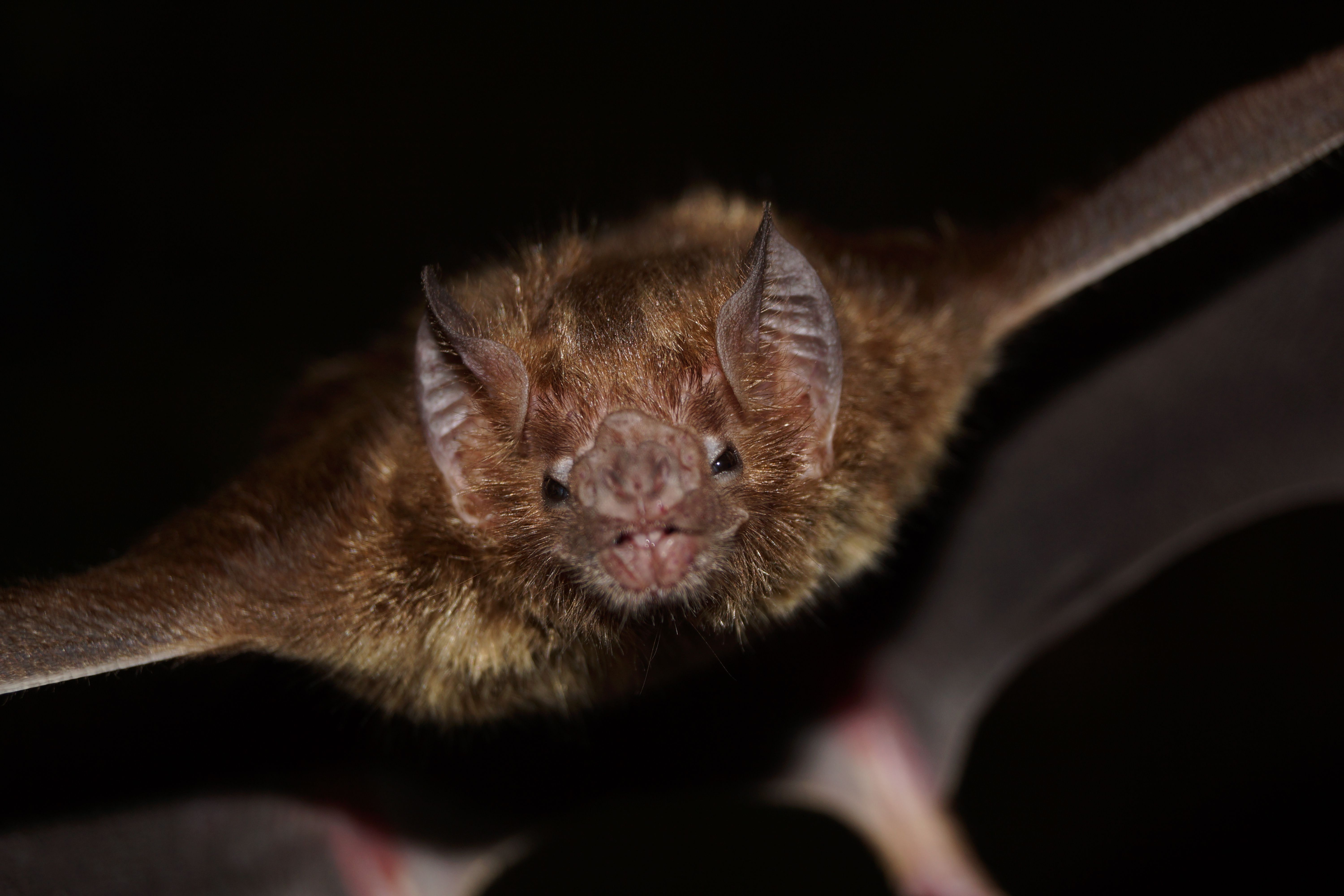
Vampire bats, despite their ominous name, exhibit behaviors that reflect the principles of altruism and reciprocity. These bats engage in food-sharing practices, where individuals regurgitate blood meals to feed others who have failed to find food. This behavior is not purely altruistic but is based on the expectation of future reciprocation, a concept that resonates with human social interactions. The study of vampire bats and their reciprocal altruism provides insights into the evolutionary origins of cooperative behavior and the role of reciprocity in maintaining social cohesion. By examining these behaviors, researchers can better understand the balance between self-interest and cooperation in both human and animal societies.
7. The Playful Nature of Otters

Otters are known for their playful behavior, which serves as a means of social bonding and skill development. This playful nature is not only a source of joy for these animals but also plays a crucial role in their cognitive and social development. Through play, otters learn important survival skills, such as hunting techniques and social interactions, mirroring the way human children learn through play. The study of otter behavior provides insights into the evolutionary significance of play and its role in fostering cognitive flexibility and social competence. By understanding the playful nature of otters, researchers can explore the parallels between animal and human play and the benefits it brings to cognitive and social development.
8. The Cooperative Hunting Strategies of Wolves
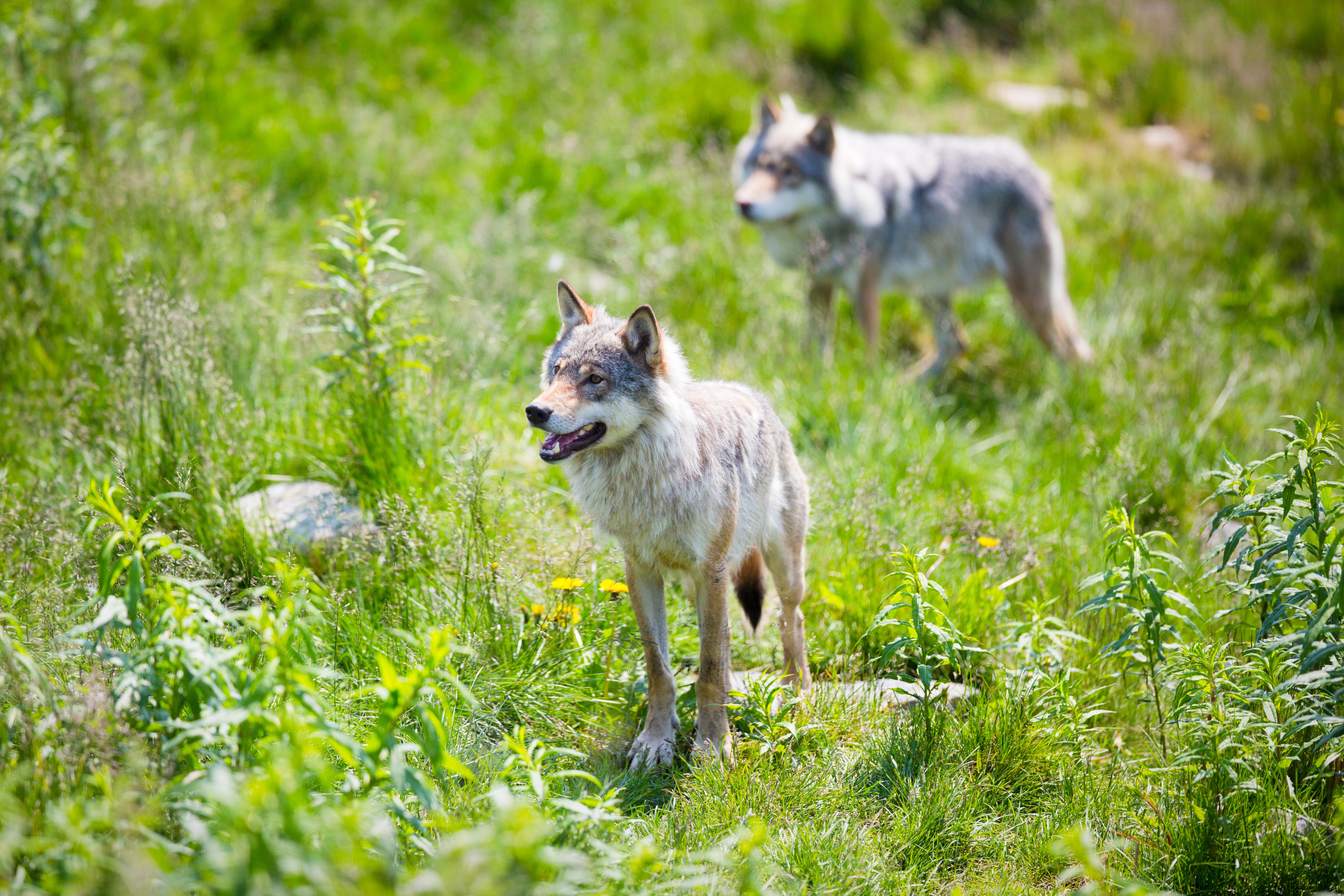
Wolves are renowned for their cooperative hunting strategies, which require high levels of communication, coordination, and trust among pack members. These behaviors mirror human teamwork and collaboration, highlighting the evolutionary advantages of working together to achieve common goals. Wolves communicate through vocalizations, body language, and scent marking, allowing them to coordinate complex hunting strategies and ensure the success of the pack. The study of wolf behavior provides valuable insights into the mechanisms of cooperation and the benefits of social cohesion in achieving collective objectives. By examining the cooperative nature of wolves, researchers can draw parallels to human teamwork and explore the evolutionary roots of collaborative behavior.
9. The Cultural Transmission in Orcas

Orcas, also known as killer whales, exhibit behaviors that suggest the presence of culture within their pods. These marine mammals pass down hunting techniques, vocalizations, and social behaviors from one generation to the next, demonstrating a form of cultural transmission that mirrors human traditions. This cultural inheritance allows orcas to adapt to changing environments and maintain social cohesion within their pods. The study of orca behavior provides insights into the evolutionary origins of culture and the role it plays in shaping social structures and behaviors. By understanding the cultural transmission in orcas, researchers can explore the parallels between animal and human culture and the impact of cultural inheritance on social evolution.
10. The Architectural Marvels of Termites
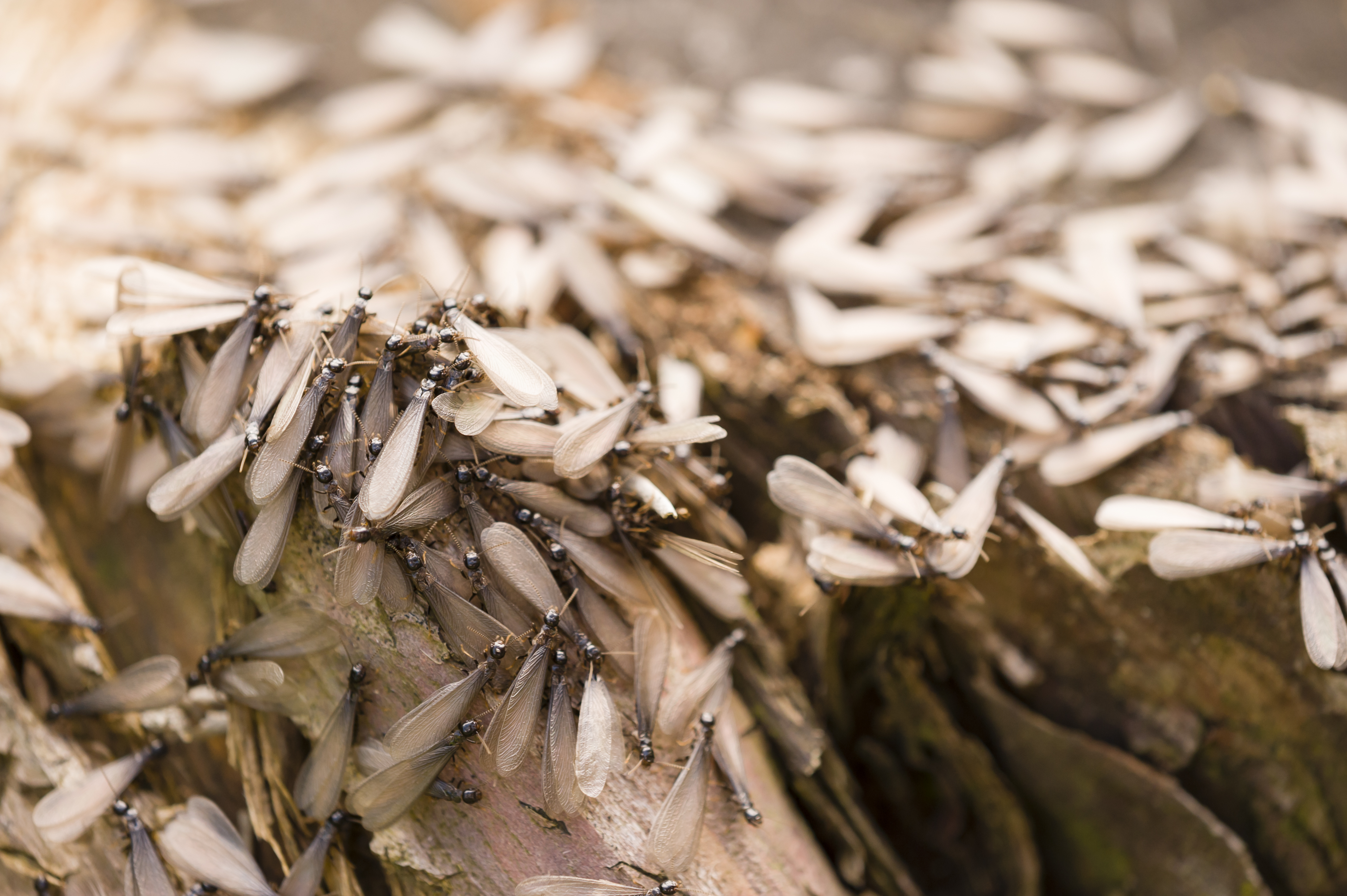
Termites are master architects, constructing intricate mounds that serve as homes for their colonies. These structures are marvels of engineering, featuring complex ventilation systems, temperature regulation, and moisture control. The construction of termite mounds requires coordination and cooperation among thousands of individuals, mirroring human architectural endeavors. The study of termite behavior provides insights into the mechanisms of collective intelligence and the benefits of collaboration in achieving complex construction projects. By examining the architectural marvels of termites, researchers can draw parallels to human engineering and explore the evolutionary advantages of cooperative building and problem-solving.
Bridging the Gap Between Humans and Animals
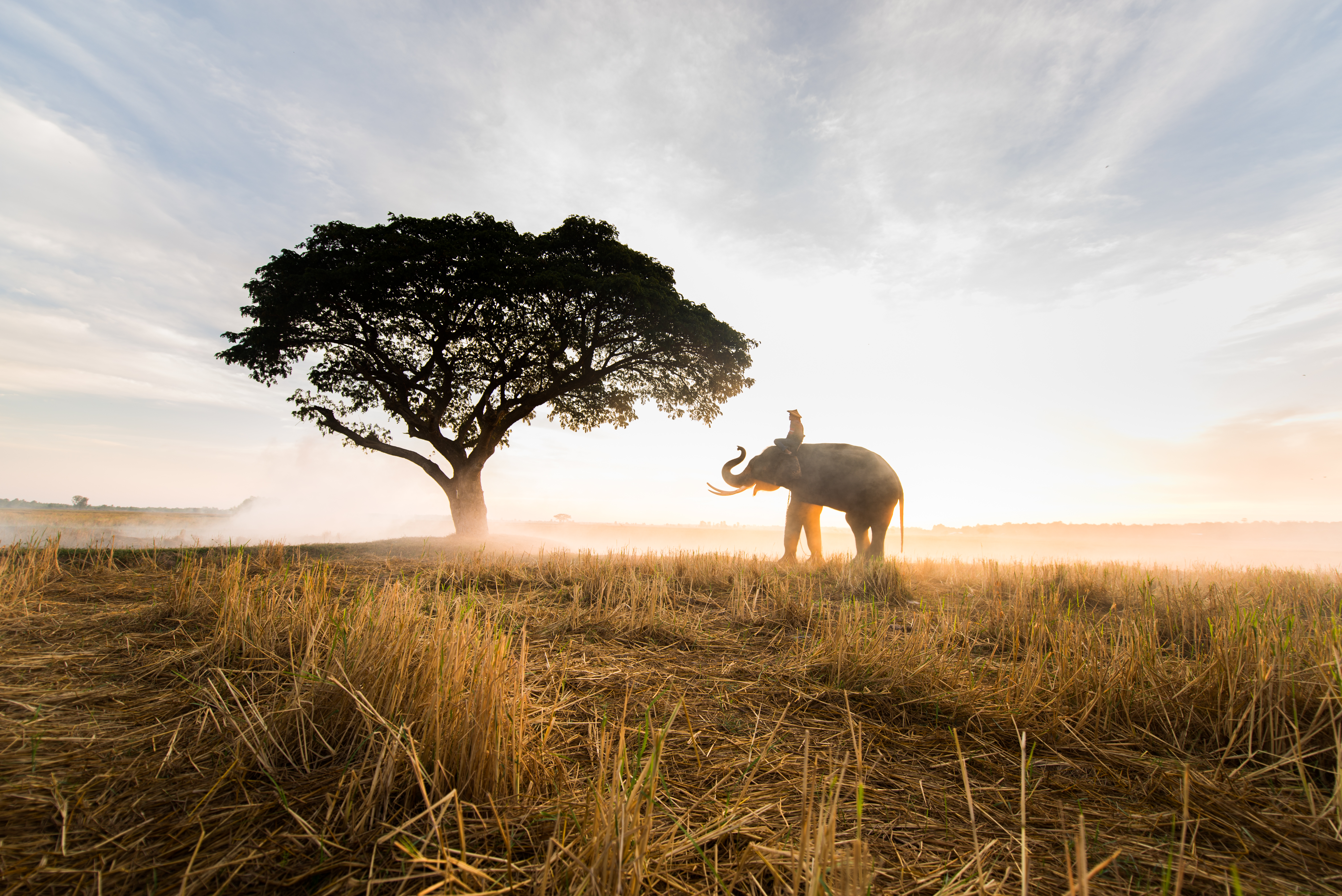
The exploration of animal behaviors that mirror human quirks reveals the profound connections that exist between humans and the animal kingdom. These behaviors challenge our perceptions of what it means to be human and invite us to reconsider the boundaries that separate us from other species. By studying the social structures, communication methods, emotional depth, and cooperative behaviors of animals, we gain valuable insights into the evolutionary roots of our own behaviors and the shared characteristics that bind us to the natural world. This understanding not only enriches our appreciation for the diversity of life on Earth but also highlights the importance of preserving the habitats and ecosystems that support these remarkable creatures. As we continue to explore the fascinating parallels between humans and animals, we are reminded of the interconnectedness of all life and the shared journey of evolution that unites us with the natural world.







